When Good SCIENCE Goes BAD
Muse February 2025: Waht Misteak?
|Muse Science Magazine for Kids
Shrinking classes seemed like a good idea. But in one place, it turned out to have its limits.
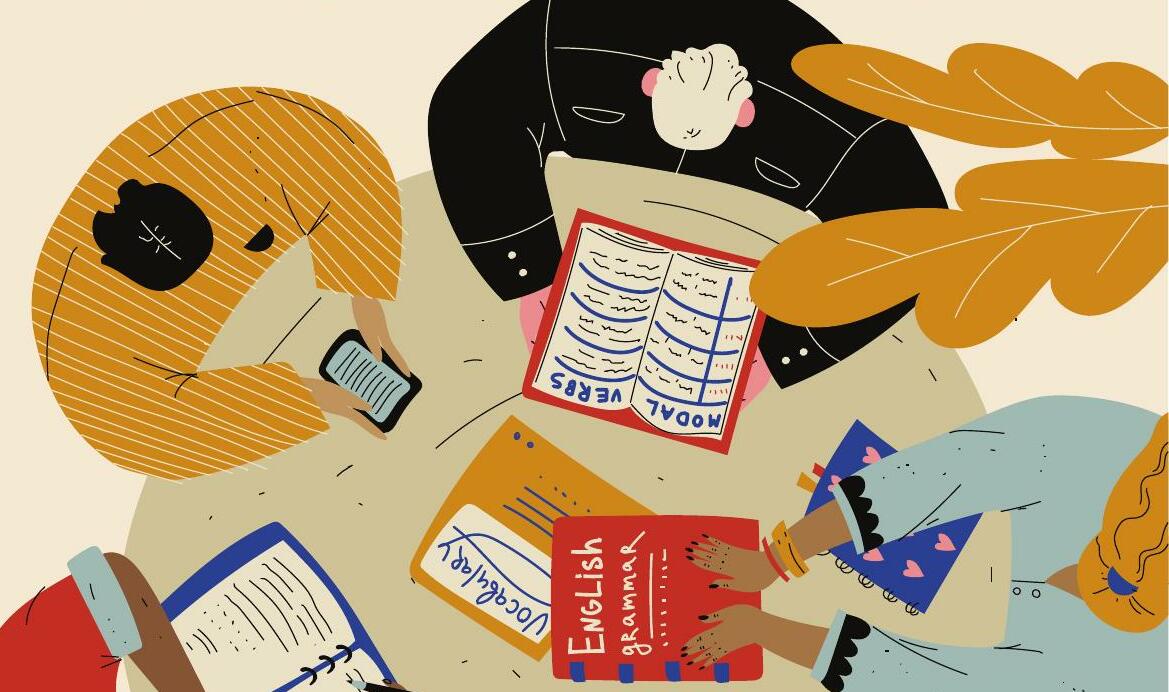
If you raise your hand in class, will the teacher notice right away? Do you spend most of your class time learning or is too much other stuff going on all around? Does your teacher know your strengths and how they differ from the kid’s next to you? Your answers to these questions depend partly on the number of students in your class.
Researchers argued for decades about whether class size matters for learning. Then an experiment in Tennessee in the 1980s plainly showed that students had learned more in classes with fewer students. Bingo!
Inspired by the strong evidence, California rushed to adopt a statewide program to shrink classes. How’d it work out? It didn’t. Things went wrong. Small classes in California were a disappointment. But confronting the unexpected is one way that science progresses.
 A Super-STAR Study
A Super-STAR StudyBefore 1985, plenty of class-size studies existed, but their design led people to draw different conclusions. Then a unique (some might say drool-worthy) opportunity to find a clear answer arose. It was a randomized controlled experiment known as Project STAR. A randomized controlled experiment assigns participants to either a “treatment” or a “control” group based on chance, like by a coin flip. The treatment group receives something (such as a medicine or program) that the control group doesn’t. Then researchers compare the two groups. This process is a big deal because it measures if a treatment really works.
هذه القصة من طبعة Muse February 2025: Waht Misteak? من Muse Science Magazine for Kids.
اشترك في Magzter GOLD للوصول إلى آلاف القصص المتميزة المنسقة، وأكثر من 9000 مجلة وصحيفة.
هل أنت مشترك بالفعل؟ تسجيل الدخول
المزيد من القصص من Muse Science Magazine for Kids
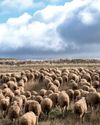
Muse Science Magazine for Kids
ANIMAL FIREFIGHTER TO THE RESCUE
Can animals help manage the risks of deadly wildfires?
3 mins
Muse July 2025: The Story Behind Wildfires
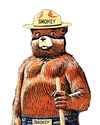
Muse Science Magazine for Kids
FIRE DANGER
WHY THE RISK OF WILDFIRES KEEPS GROWING
4 mins
Muse July 2025: The Story Behind Wildfires
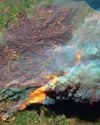
Muse Science Magazine for Kids
The Miller NEW Normal
WHAT TODAY’S WILDFIRES TELL US ABOUT OUR FUTURE
8 mins
Muse July 2025: The Story Behind Wildfires
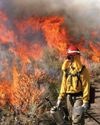
Muse Science Magazine for Kids
WOMEN AND FIREFIGHTING: A GOOD FIT
Jessica Gardetto is a firefighter. Her father was, too. “I grew up with my dad coming home smelling like wildfire and covered in soot,” she says.
1 min
Muse July 2025: The Story Behind Wildfires
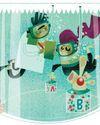
Muse Science Magazine for Kids
What is happening on your fingertips when they get all wrinkly in a hot tub?
—Felix G., age 10, Montana
1 mins
Muse July 2025: The Story Behind Wildfires

Muse Science Magazine for Kids
WHEN the SMOKE CLEARS
THE LINGERING EFFECTS OF THE RECENT PACIFIC PALISADES AND ALTADENA EATON FIRES
6 mins
Muse July 2025: The Story Behind Wildfires

Muse Science Magazine for Kids
PICKING TEAMS
Keep it fair with a strategy that relies on geometry.
2 mins
Muse July 2025: The Story Behind Wildfires
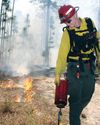
Muse Science Magazine for Kids
SHAN CAMMACK
WILDLIFE BIOLOGIST AND FIRE SAFETY OFFICER
3 mins
Muse July 2025: The Story Behind Wildfires
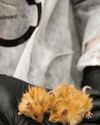
Muse Science Magazine for Kids
Scientists Create Mice With Woolly Mammoth-Like Fur
RESEARCHERS AT A COMPANY IN TEXAS ARE WORKING TO CREATE A LIVING ANIMAL THAT RESEMBLES THE EXTINCT WOOLLY MAMMOTH. Recently, they produced mice with traits of the large mammal. The mice all have coats with mammoth-like fur, and some of the small mammals also have genes that help them store fat. Both features would help the animals survive in the cold Arctic, where the woolly mammoth once lived.
1 min
Muse July 2025: The Story Behind Wildfires
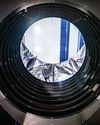
Muse Science Magazine for Kids
Cool Sunshade Added to the Nancy Roman Space Telescope
THE NANCY ROMAN SPACE TELESCOPE IS A NEW TELESCOPE THAT NASA IS BUILDING AND WILL LAUNCH INTO SPACE, LIKELY IN EARLY 2027.
1 min
Muse July 2025: The Story Behind Wildfires
Listen
Translate
Change font size

